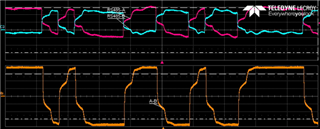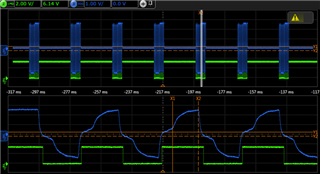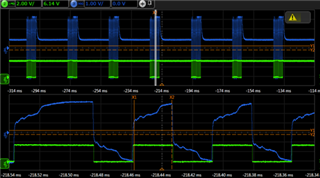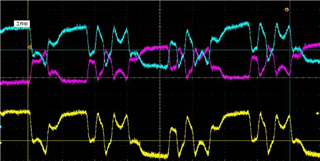Tool/software:
Hello experts,
My customer asked how the reflection on RS-485 signal would look like, waveform-wise. May I ask how it would look?
I was able to find below image from below apps note, but does this mean that it would only decrease in magnitude?
I was a bit confused, as when I googled 'reflection rs-485', second image showed mostly distortions from reflections.
https://www.ti.com/document-viewer/lit/html/SSZTB23
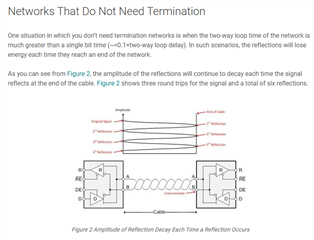
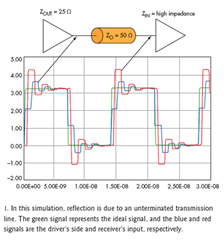
Thank you in advance for your help and support.



